As you are digging deeper in your study on Forest Bathing and Forest Medicine, in the Conifers in My Kitchen Masterclass, these research studies will help you gain an in-depth view of the actual research. Much of this research comes out of Japan where Forest Bathing is an important therapy. Each of these scientific studies can be downloaded as pdf documents without the need for a membership in a university library.
You can download the complete list to work with outside of the member’s group here.
In the list below you’ll find several of the scientific papers that I used in researching the Conifers in my Kitchen Masterclass. I’ve linked to the full journal articles so that you can expand your understanding of conifers and their health benefits as you have time. These articles are in the Fruitful Level of the DIY Herbal Fellowship. If you are just starting out don’t be overwhelmed. Just come back here when you are ready to dig deeper.
This kind of information is something you can grow into.
Forest Medicine:
Abe, Tomo et als. “Antioxidant Effects and Antimicrobial Activities of Phytoncide” Biocontrol Science, 2008, Vol. 13, No. 1, 23-27. Click here to see the article.
Joung, D. et als. “Physiological and Psychological Effects of Olfactory Stimulation with D-Limonene.” Advances in Horticultural Science, 2014 28(2): 90-94. Click here to see the article.
Kusuhara, Masatoshi et als. “Fragrant Environment with alpha pinene decreases tumour growth in mice” Biomedical Research 33, (1) 57-61 2012. Click here to see the article.
Leite, Aristides Medeiros, Lima, Edeltrudes de Oliveira, Souza, Evandro Leite de, Diniz, Margareth de Fátima Formiga Melo, Trajano, Vinícius Nogueira, & Medeiros, Isac Almeida de. (2007). “Inhibitory effect of beta-pinene, alpha-pinene and eugenol on the growth of potential infectious endocarditis causing Gram-positive bacteria”. Revista Brasileira de Ciências Farmacêuticas, 43(1), 121-126. Click here to see the article.
Li, Qing and Tomoyuki Kawada. “Healthy Forest Parks make healthy people: Forest environments enhance human immune function.” Department of Hygiene and Public Health, Nippon Medical School. Click here to see the article.
Li, Qing et als. “Acute Effects of walking in forest environments on cardiovascular and metabolic parameters.” European Journal of Applied Physiology, 2011 (111:2845-2853) Click here to see the article.
Li, Qing, Ari Nakadai, Hiroki Matsushima, Yoshifumi Miyazaki, Alan M. Krensky, Tomoyuki Kawada & Kanehisa Morimoto (2006) Phytoncides (Wood Essential Oils) Induce Human Natural Killer Cell Activity, Immunopharmacology and Immunotoxicology, 28:2, 319-333. Click here to see the article.
Li, Q., Kobayashi, M., Wakayama, Y., Inagaki, H., Katsumata, M., Hirata, Y., … Miyazaki, Y. (2009). Effect of Phytoncide from Trees on Human Natural Killer Cell Function. International Journal of Immunopathology and Pharmacology, 951–959. Click here to see the article.
Kh.A. Khalid. “Influence of water stress on growth, essential oil, and chemical composition of herbs” Int. Agrophysics 2006, 20, 289-296. Click here to see the article.
S. FARAG, Z. Y. DAW, F. M. HEWEDI, and G. S. A. EL-BAROTY (1989) “Antimicrobial Activity of Some Egyptian Spice Essential Oils. Journal of Food Protection”: September 1989, Vol. 52, No. 9, pp. 665-667. Click here to see the article.
Forest Bathing:
Lee, Jee-Yon. And Duk-Chul Lee. “Cardiac and Pulmonary Benefits of Forest Walking vs. City Walking in Elderly Women.” European Journal of Integrative Medicine. 6 (2014), 5-11. Click here to see the article.
Li, Q., Morimoto, K., Nakadai, A., Inagaki, H., Katsumata, M., Shimizu, T., … Kawada, T. (2007). “Forest Bathing Enhances Human Natural Killer Activity and Expression of Anti-Cancer Proteins.” International Journal of Immunopathology and Pharmacology, 3–8. Click here to see the article.
Li, Q., Kobayashi, M., Wakayama, Y., Inagaki, H., Katsumata, M., Hirata, Y., … Miyazaki, Y. (2009). Effect of Phytoncide from Trees on Human Natural Killer Cell Function. International Journal of Immunopathology and Pharmacology, 951–959. Click here to see the article.
Li, Q., Morimoto, K., Kobayashi, M., Inagaki, H., Katsumata, M., Hirata, Y., … Krensky, A. M. (2008). Visiting a Forest, but Not a City, Increases Human Natural Killer Activity and Expression of Anti-Cancer Proteins. International Journal of Immunopathology and Pharmacology, 117–127. Click here to see the article.
Li, Q. “Forest Medicine: The Japanese Forest Therapy Trails” Click here to see the article.
Li, Q. et als. “A Forest Bathing Trip Increases Human Natural Killer Activity and Expression of Anti-Cancer Proteins in Female Subjects.” Journal of Biological Regulators and Homeostatic Agents. Vol. 22, No. 1, 45-55, 2008. Click here to see the article.
Livni, E. “The Japanese Practice of Forest Bathing is Scientifically Proven to Improve your Health.” Click here to see the article.
Ohtsuka, Y., Yabunaka, N. & Takayama, “Shinrin-yoku (forest-air bathing and walking) effectively decreases blood glucose levels in diabetic patients” S. Int J Biometeorol (1998) 41: 125. Click here to see the article.
Download the complete list of scientific studies that support the use of pine, fir, spruce, and cedar trees as medicine.
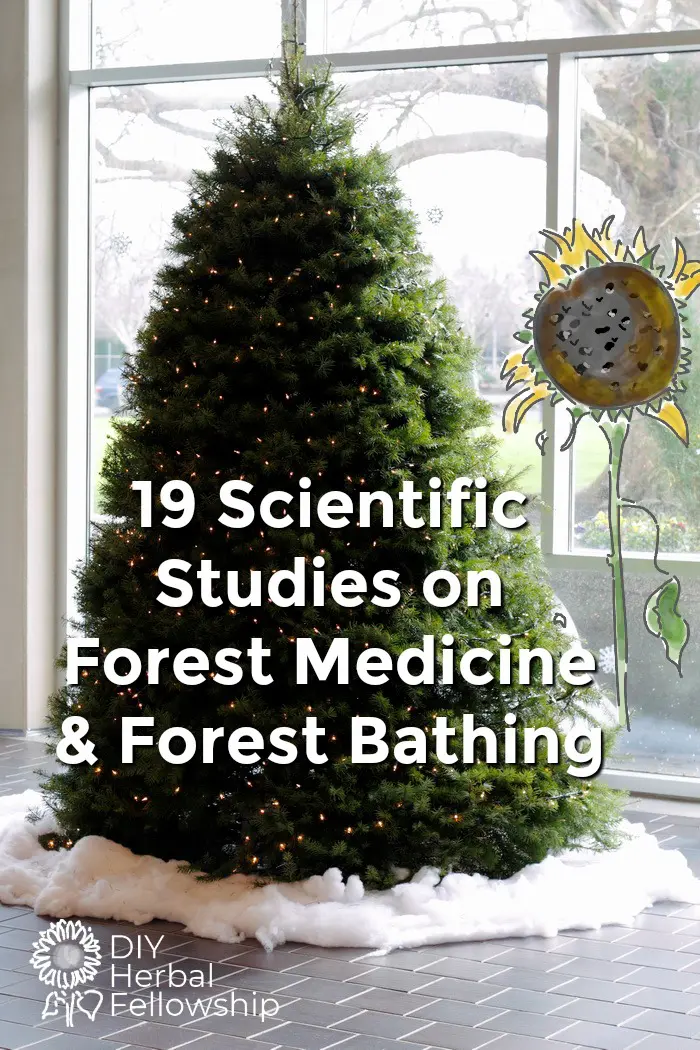
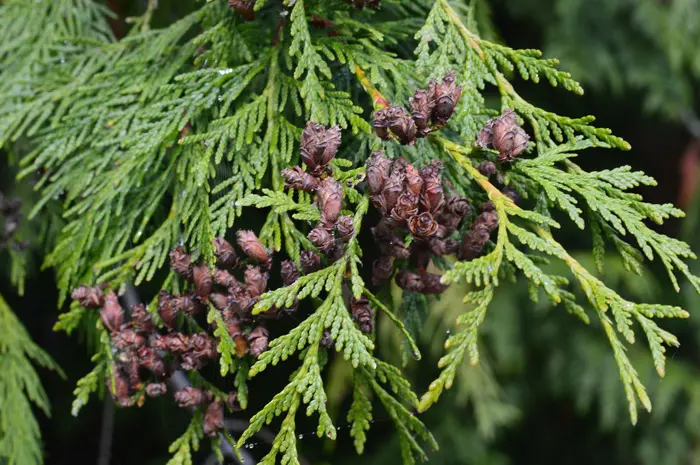
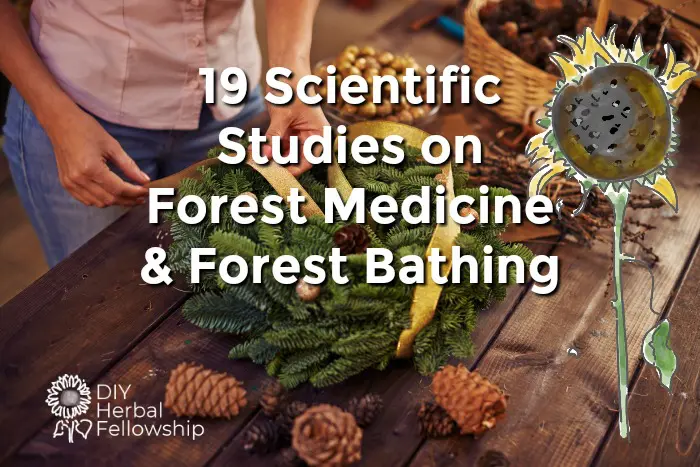
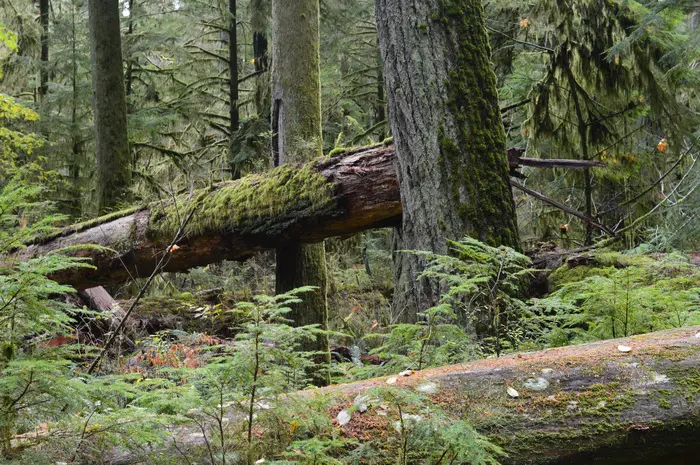
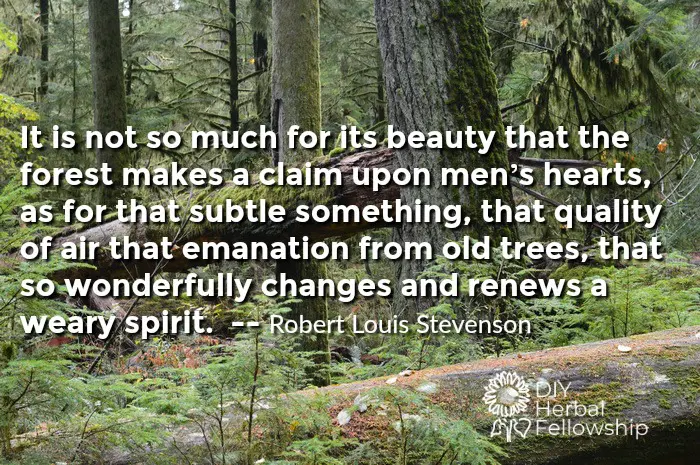
Leave a Reply
You must be logged in to post a comment.